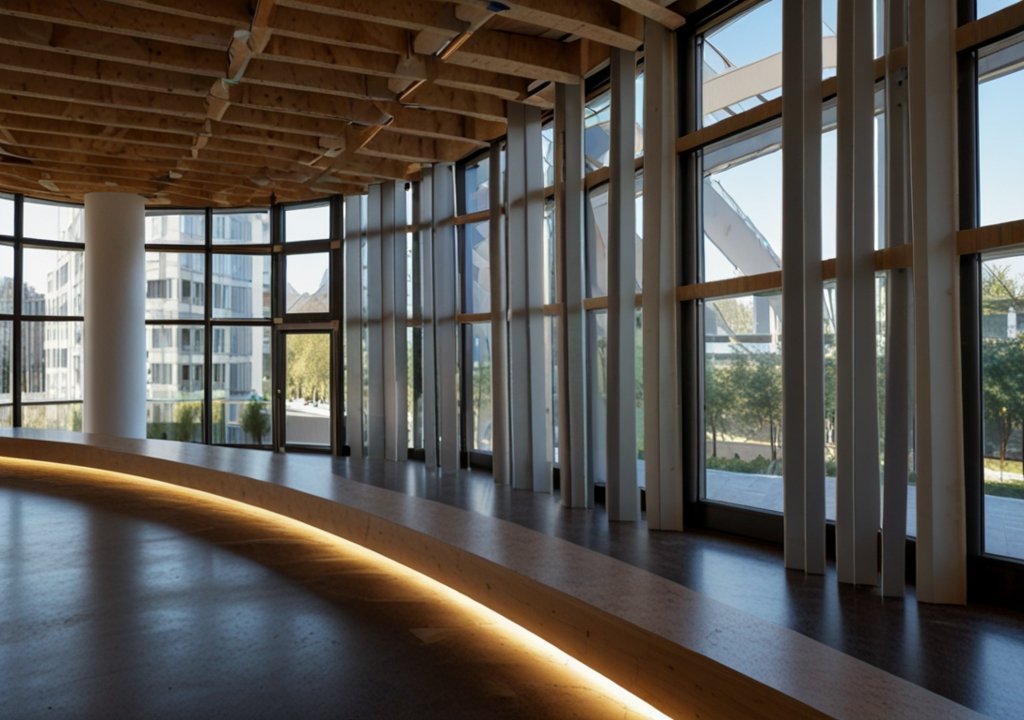Table of Contents:
- Introduction to Energy-Efficient Building Practices
- The Role of Adhesives in Construction
- Enhancing Thermal Insulation
- Advanced Sealing Technologies
- Promoting the Use of Sustainable Materials
- Innovative Applications of Adhesives
- Future Trends in Adhesion Technology for Buildings
- Conclusion: Adhesives and Sustainable Construction
Introduction to Energy-Efficient Building Practices
As the world pushes towards sustainability, energy-efficient building practices have become a focal point in modern construction. These practices involve techniques and materials to minimize energy consumption while maintaining comfort and functionality. Among these materials, adhesives have emerged as silent yet powerful allies. With providers like Construction Glue Leech Adhesive offering construction adhesives and glues, we see how they contribute significantly to structural integrity and energy management efficiency. The role of adhesives in this domain is widespread and transformative, underscoring their importance in developing sustainable infrastructure.
The Role of Adhesives in Construction
Adhesives are pivotal in modern construction, as binding agents and essential components that enhance energy efficiency. With properties that allow for flexible applications, adhesives can minimize thermal bridging and maximize the seal within building envelopes. They are used to install insulation panels, secure window frameworks, and seal joints. Such applications ensure that energy efficiency is maximized by preventing unwanted air infiltration and losing heated or cooled air, helping maintain steady interior climates.
Enhancing Thermal Insulation
Adhesives play a critical role in improving thermal insulation. By affixing insulation materials to various substrates, adhesives minimize gaps through which air can pass. For example, attaching rigid foam panels with adhesives rather than mechanical fasteners can prevent the creation of thermal bridges, compromising the insulation’s effectiveness. This method helps maintain consistent indoor temperatures with less energy consumption, directly supporting energy-saving goals.
Advanced Sealing Technologies
Proper sealing is essential for airtight construction, and adhesives are at the forefront of this technology. By effectively sealing joints, seams, and edges, adhesives contribute to the building’s airtightness, reducing heat transfer between the interior and exterior. Advanced adhesive sealing techniques ensure that structures remain energy-efficient, lowering heating and cooling costs.
Promoting the Use of Sustainable Materials

Adhesives also support the use of sustainable building materials. Combining diverse materials, such as recycled composites and adhesives, enables the construction of structures with low environmental impact. This versatility in material use is crucial for sustainable architecture. Moreover, bio-based and low-VOC adhesives are being developed to align with green building protocols, further reducing the ecological footprint of construction activities.
Innovative Applications of Adhesives
Adhesive technology innovation extends to integrating smart materials into buildings. Adhesives that change properties in response to environmental stimuli can be used in smart windows and responsive insulation systems, improving the adaptive efficiency of building systems. These innovations underscore the adhesive’s potential to transform conventional building materials into dynamic contributors to energy-saving efforts.
Future Trends in Adhesion Technology for Buildings
Looking to the future, the adhesive industry is evolving to meet green architecture’s demands. Trends suggest increased adhesives that harden under UV light, allowing for faster construction without sacrificing durability. Meanwhile, thermoplastic adhesives offer recyclable solutions that fit a circular economy model, providing ease of disassembly and material recovery post-construction.
Conclusion: Adhesives and Sustainable Construction
Adhesives have become indispensable in achieving energy-efficient and sustainable construction. Their ability to improve thermal performance, support innovative solutions, and facilitate the use of sustainable materials highlights their crucial role. As the construction industry continues to innovate and eco-regulations become more stringent, the reliance on advanced adhesive technologies will only deepen, paving the path to a future where buildings consume less energy and contribute positively to the environment.











